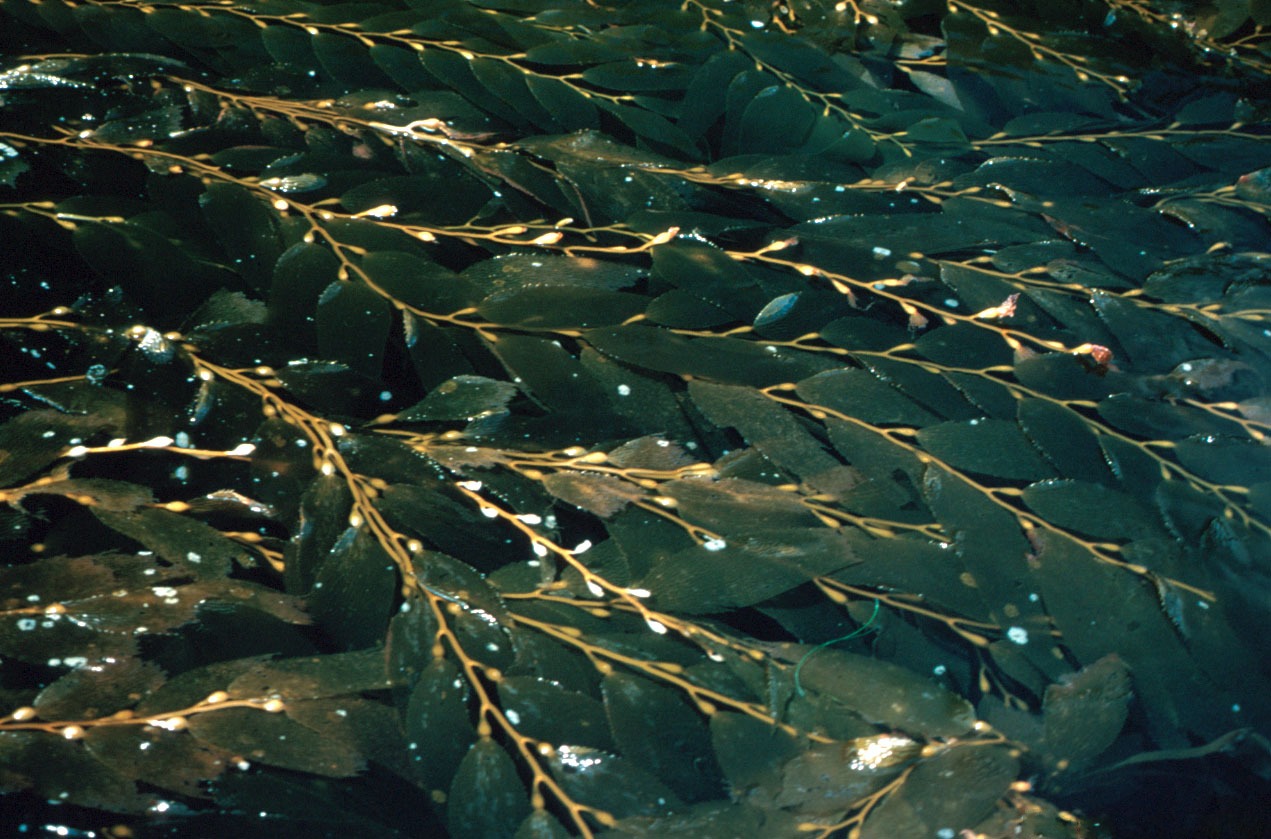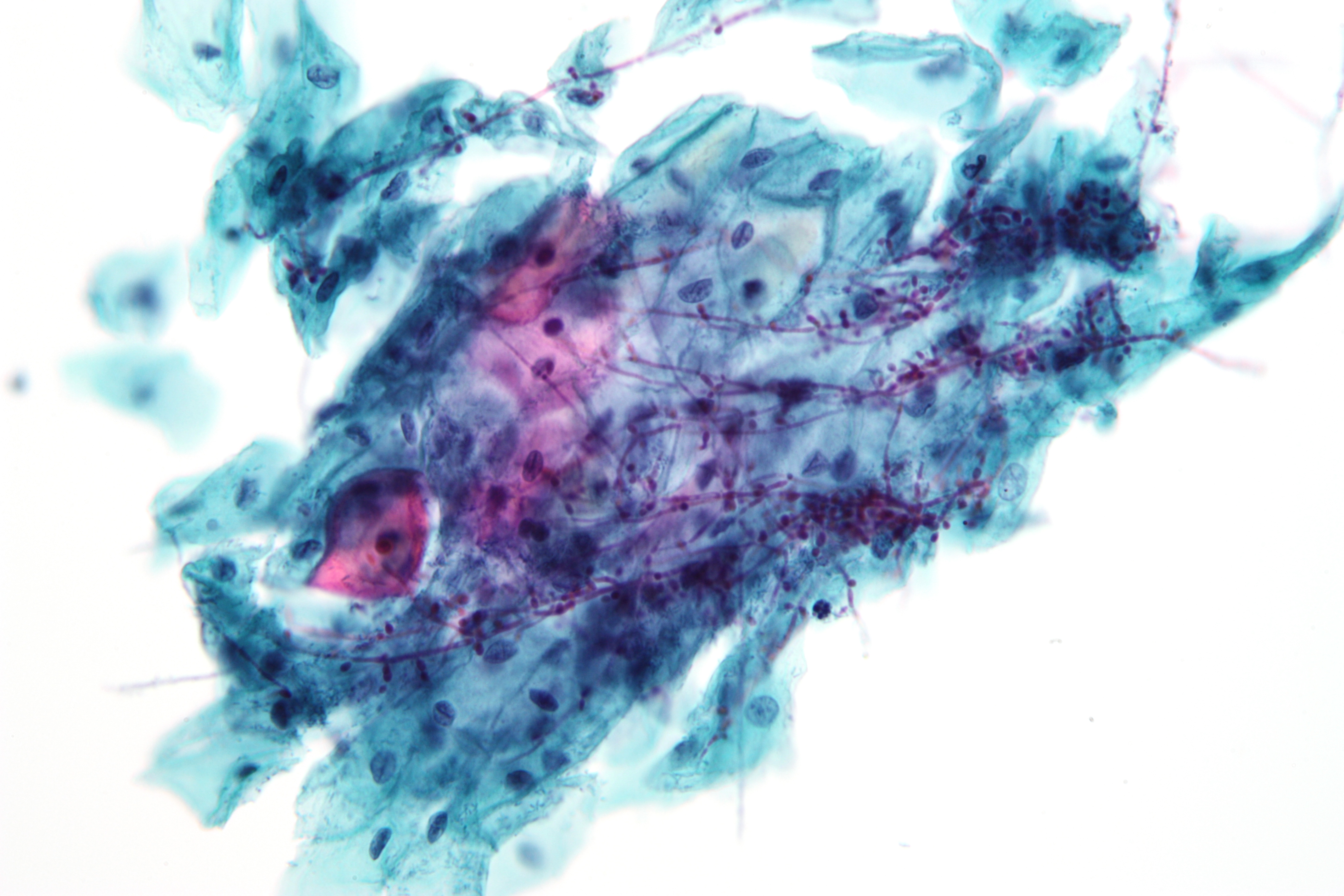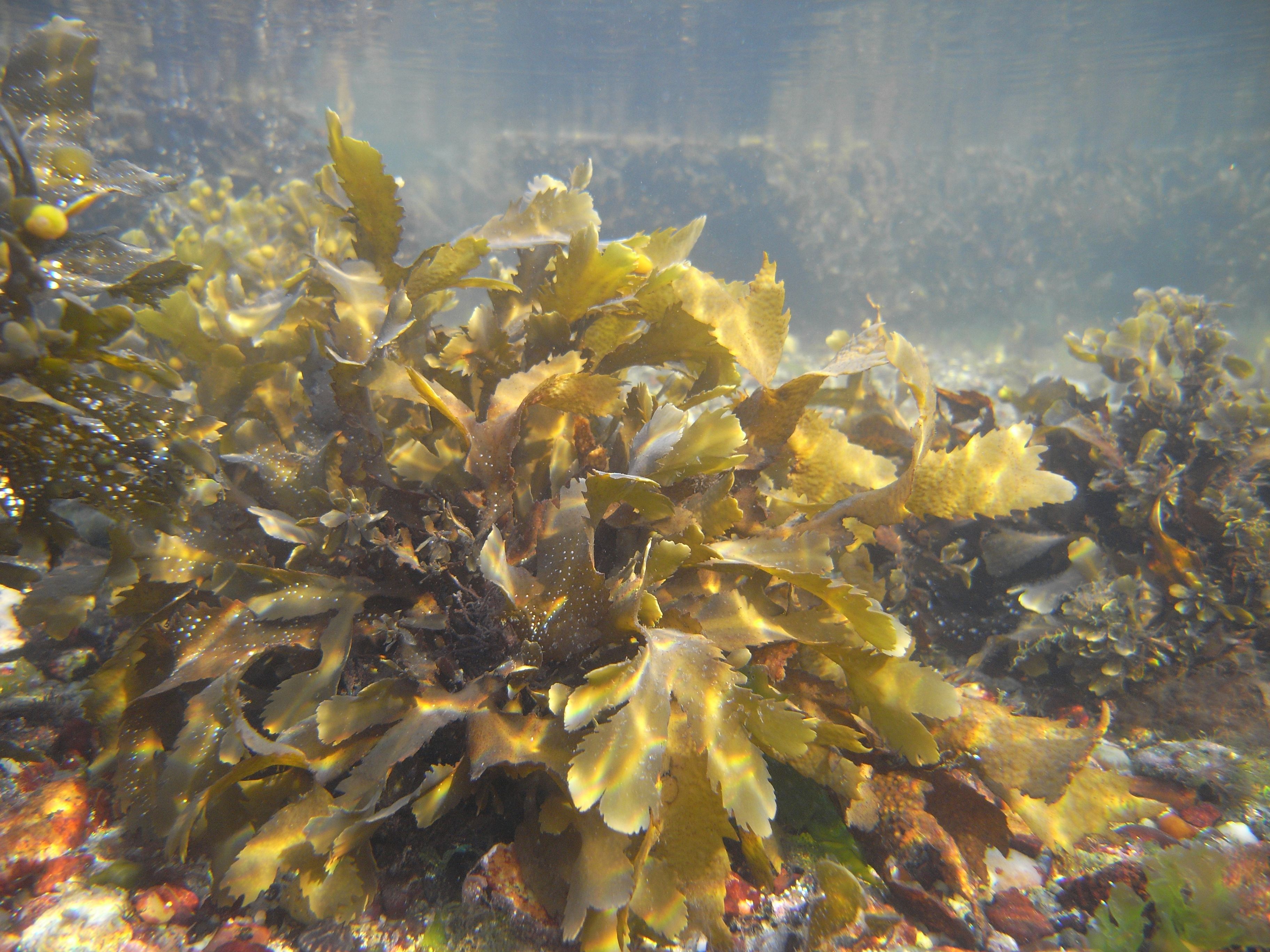|
Laminaria Digitata
''Laminaria digitata'' is a large brown alga in the family Laminariaceae, also known by the common name oarweed. It is found in the sublittoral zone of the northern Atlantic Ocean. Description ''Laminaria digitata'' is a tough, leathery, dark brown seaweed that grows to two or three metres. The holdfast which anchors it to the rock is conical and has a number of spreading root-like protrusions called rhizoids. The stipe or stalk is flexible and oval in cross section and may be over 1 inch in diameter and grow to 5 feet in length. The blade is large and shaped like the palm of a hand with a number of more or less regular finger-like segments. This seaweed can be distinguished from the rather similar ''Laminaria hyperborea'' by being darker in colour and having a shorter stipe that does not easily snap when bent. [...More Info...] [...Related Items...] OR: [Wikipedia] [Google] [Baidu] |
William Hudson (botanist)
William Hudson Fellow of the Royal Society, FRS (1730 in Kendal – 23 May 1793) was a British botanist and apothecary based in London. His main work was ''Flora Anglica'', published in 1762. He was elected a fellow of the Royal Society in 1761. Life and work Hudson was born between 1730 and 1732 at the White Lion Inn, Kendal, which was kept by his father. He was educated at Kirkbie Kendal School, Kendal grammar school, Hudson was subsequently apprenticed to an apothecary in London. He obtained the prize for botany given by the Apothecaries' Company which was a copy of John Ray, Ray's ''Synopsis''. However, he also paid attention to mollusca and insects and in Thomas Pennant, Pennant's ''British Zoology'' he is mentioned as the discoverer of ''Trochus terrestris''. From 1757 to 1768 Hudson was resident sub-librarian of the British Museum, and his studies in the Chelsea Physic Garden, Sloane herbarium enabled him to adapt the Linnean nomenclature to the plants described by Ray ... [...More Info...] [...Related Items...] OR: [Wikipedia] [Google] [Baidu] |
Russia
Russia (, , ), or the Russian Federation, is a transcontinental country spanning Eastern Europe and Northern Asia. It is the largest country in the world, with its internationally recognised territory covering , and encompassing one-eighth of Earth's inhabitable landmass. Russia extends across eleven time zones and shares land boundaries with fourteen countries, more than any other country but China. It is the world's ninth-most populous country and Europe's most populous country, with a population of 146 million people. The country's capital and largest city is Moscow, the largest city entirely within Europe. Saint Petersburg is Russia's cultural centre and second-largest city. Other major urban areas include Novosibirsk, Yekaterinburg, Nizhny Novgorod, and Kazan. The East Slavs emerged as a recognisable group in Europe between the 3rd and 8th centuries CE. Kievan Rus' arose as a state in the 9th century, and in 988, it adopted Orthodox Christianity from t ... [...More Info...] [...Related Items...] OR: [Wikipedia] [Google] [Baidu] |
Edible Algae
Algaculture is a form of aquaculture involving the farming of species of algae. The majority of algae that are intentionally cultivated fall into the category of microalgae (also referred to as phytoplankton, microphytes, or planktonic algae). Macroalgae, commonly known as seaweed, also have many commercial and industrial uses, but due to their size and the specific requirements of the environment in which they need to grow, they do not lend themselves as readily to cultivation (this may change, however, with the advent of newer seaweed cultivators, which are basically algae scrubbers using upflowing air bubbles in small containers). Commercial and industrial algae cultivation has numerous uses, including production of nutraceuticals such as omega-3 fatty acids (as algal oil) or natural food colorants and dyes, food, fertilizers, bioplastics, chemical feedstock (raw material), protein-rich animal/ aquaculture feed, pharmaceuticals, and algal fuel, and can also be used a ... [...More Info...] [...Related Items...] OR: [Wikipedia] [Google] [Baidu] |
Traditional Medicine
Traditional medicine (also known as indigenous medicine or folk medicine) comprises medical aspects of traditional knowledge that developed over generations within the folk beliefs of various societies, including indigenous peoples, before the era of modern medicine. The World Health Organization (WHO) defines traditional medicine as "the sum total of the knowledge, skills, and practices based on the theories, beliefs, and experiences indigenous to different cultures, whether explicable or not, used in the maintenance of health as well as in the prevention, diagnosis, improvement or treatment of physical and mental illness". Traditional medicine is often contrasted with scientific medicine. In some Asian and African countries, up to 80% of the population relies on traditional medicine for their primary health care needs. When adopted outside its traditional culture, traditional medicine is often considered a form of alternative medicine. Practices known as traditional medici ... [...More Info...] [...Related Items...] OR: [Wikipedia] [Google] [Baidu] |
Iodine
Iodine is a chemical element with the Symbol (chemistry), symbol I and atomic number 53. The heaviest of the stable halogens, it exists as a semi-lustrous, non-metallic solid at standard conditions that melts to form a deep violet liquid at , and boils to a violet gas at . The element was discovered by the French chemist Bernard Courtois in 1811 and was named two years later by Joseph Louis Gay-Lussac, after the Ancient Greek 'violet-coloured'. Iodine occurs in many oxidation states, including iodide (I−), iodate (), and the various periodate anions. It is the least abundant of the stable halogens, being the sixty-first most abundant element. As the heaviest essential mineral nutrient, iodine is required for the synthesis of thyroid hormones. Iodine deficiency affects about two billion people and is the leading preventable cause of intellectual disabilities. The dominant producers of iodine today are Chile and Japan. Due to its high atomic number and ease of attachment to ... [...More Info...] [...Related Items...] OR: [Wikipedia] [Google] [Baidu] |
Alginic Acid
Alginic acid, also called algin, is a naturally occurring, edible polysaccharide found in brown algae. It is hydrophilic and forms a viscous gum when hydrated. With metals such as sodium and calcium, its salts are known as alginates. Its colour ranges from white to yellowish-brown. It is sold in filamentous, granular, or powdered forms. It is a significant component of the biofilms produced by the bacterium '' Pseudomonas aeruginosa'', a major pathogen found in the lungs of some people who have cystic fibrosis. The biofilm and ''P. aeruginosa'' have a high resistance to antibiotics, but susceptible to inhibition by macrophages. Structure Alginic acid is a linear copolymer with homopolymeric blocks of (1→4)-linked β-D- mannuronate (M) and α-L- guluronate (G) residues, respectively, covalently linked together in different sequences or blocks. The monomers may appear in homopolymeric blocks of consecutive G-residues (G-blocks), consecutive M-residues (M-blocks) or alte ... [...More Info...] [...Related Items...] OR: [Wikipedia] [Google] [Baidu] |
Phycomelaina Laminariae
''Phycomelaina'' is a genus of fungi in the family Phyllachoraceae. This is a monotypic genus, containing the single species ''Phycomelaina laminariae''. In Iceland, it has been reported infecting '' Alaria esculenta'', '' Laminaria digitata'' and ''Saccharina latissima ''Saccharina latissima'' is a brown alga (class Phaeophyceae), of the family Laminariaceae. It is known by the common names sugar kelp, sea belt, and Devil's apron, and is one of the species known to Japanese cuisine as kombu. It is found in t ...''.Helgi Hallgrímsson & Guðríður Gyða Eyjólfsdóttir (2004)''Íslenskt sveppatal I - smásveppir'' [Checklist of Icelandic Fungi I - Microfungi Fjölrit Náttúrufræðistofnunar. Náttúrufræðistofnun Íslands [Icelandic Institute of Natural History]. ISSN 1027-832X References External linksIndex Fungorum Phyllachorales Monotypic Sordariomycetes genera {{Phyllachorales-stub ... [...More Info...] [...Related Items...] OR: [Wikipedia] [Google] [Baidu] |
Pathogenic Fungus
Pathogenic fungi are fungi that cause disease in humans or other organisms. Approximately 300 fungi are known to be pathogenic to humans. Markedly more fungi are known to be pathogenic to plant life than those of the animal kingdom. The study of fungi pathogenic to humans is called "medical mycology". Although fungi are eukaryotic, many pathogenic fungi are microorganisms. The study of fungi and other organisms pathogenic to plants is called plant pathology. ''Candida'' ''Candida'' species cause infections in individuals with deficient immune systems. Th1-type cell-mediated immunity (CMI) is required for clearance of a fungal infection. '' Candida albicans'' is a kind of diploid yeast that commonly occurs among the human gut microflora. ''C. albicans'' is an opportunistic pathogen in humans. Abnormal over-growth of this fungus can occur, particularly in immunocompromised individuals. ''C. albicans'' has a parasexual cycle that appears to be stimulated by environmental stres ... [...More Info...] [...Related Items...] OR: [Wikipedia] [Google] [Baidu] |
English Universities Press
English usually refers to: * English language * English people English may also refer to: Peoples, culture, and language * ''English'', an adjective for something of, from, or related to England ** English national identity, an identity and common culture ** English language in England, a variant of the English language spoken in England * English languages (other) * English studies, the study of English language and literature * ''English'', an Amish term for non-Amish, regardless of ethnicity Individuals * English (surname), a list of notable people with the surname ''English'' * People with the given name ** English McConnell (1882–1928), Irish footballer ** English Fisher (1928–2011), American boxing coach ** English Gardner (b. 1992), American track and field sprinter Places United States * English, Indiana, a town * English, Kentucky, an unincorporated community * English, Brazoria County, Texas, an unincorporated community * En ... [...More Info...] [...Related Items...] OR: [Wikipedia] [Google] [Baidu] |
Alaria Esculenta
''Alaria esculenta'' is an edible seaweed, also known as dabberlocks or badderlocks, or winged kelp. It is a traditional food along the coasts of the far north Atlantic Ocean. It may be eaten fresh or cooked in Greenland, Iceland, Scotland and Ireland. It is the only one of twelve species of '' Alaria'' to occur in both Ireland and in Great Britain. Description Grows to a maximum length of 2 m. The whole frond is brown and consists of a distinct midrib with wavy membranous lamina up to 7 cm wide on either side. The frond is unbranchedDickinson, C.I. (1963). ''British Seaweeds.'' The Kew Series. Eyre & Spottiswoode and tapers towards the end. The base has a short stipe arising from a rhizoidal holdfast. The stipe may bear several sporophylls which are club-shaped and up to 20 cm long and 5 cm broad which bear the spores. It grows from a short cylindrical stipe attached to the rocks by a holdfast of branching root-like rhizoids and grows to about 20 cm ... [...More Info...] [...Related Items...] OR: [Wikipedia] [Google] [Baidu] |
Fucus Serratus
''Fucus serratus'' is a seaweed of the north Atlantic Ocean, known as toothed wrack or serrated wrack. Description and reproduction ''Fucus serratus'' is a robust alga, olive-brown in colour and similar to '' Fucus vesiculosus'' and ''Fucus spiralis''. It grows from a discoid holdfast up to long. The fronds are flat, about wide, bifurcating, and up to long including a short stipe. It branches irregularly and dichotomously. The flattened blade has a distinct midrib and is readily distinguished from related taxa by the serrated edge of the fronds. It does not have air vesicles, such as are found in ''F. vesiculosus'', nor is it spirally twisted like ''F. spiralis''. Male and female receptacles are on different plants. The lamina shows cryptostomata – small cavities which produce colourless hairs. The reproductive bodies form in conceptacles sunken in receptacles towards the tips on the branches. In these conceptacles oogonia and antheridia are produced and after ... [...More Info...] [...Related Items...] OR: [Wikipedia] [Google] [Baidu] |
England
England is a country that is part of the United Kingdom. It shares land borders with Wales to its west and Scotland to its north. The Irish Sea lies northwest and the Celtic Sea to the southwest. It is separated from continental Europe by the North Sea to the east and the English Channel to the south. The country covers five-eighths of the island of Great Britain, which lies in the North Atlantic, and includes over 100 smaller islands, such as the Isles of Scilly and the Isle of Wight. The area now called England was first inhabited by modern humans during the Upper Paleolithic period, but takes its name from the Angles, a Germanic tribe deriving its name from the Anglia peninsula, who settled during the 5th and 6th centuries. England became a unified state in the 10th century and has had a significant cultural and legal impact on the wider world since the Age of Discovery, which began during the 15th century. The English language, the Anglican Church, and Engli ... [...More Info...] [...Related Items...] OR: [Wikipedia] [Google] [Baidu] |






